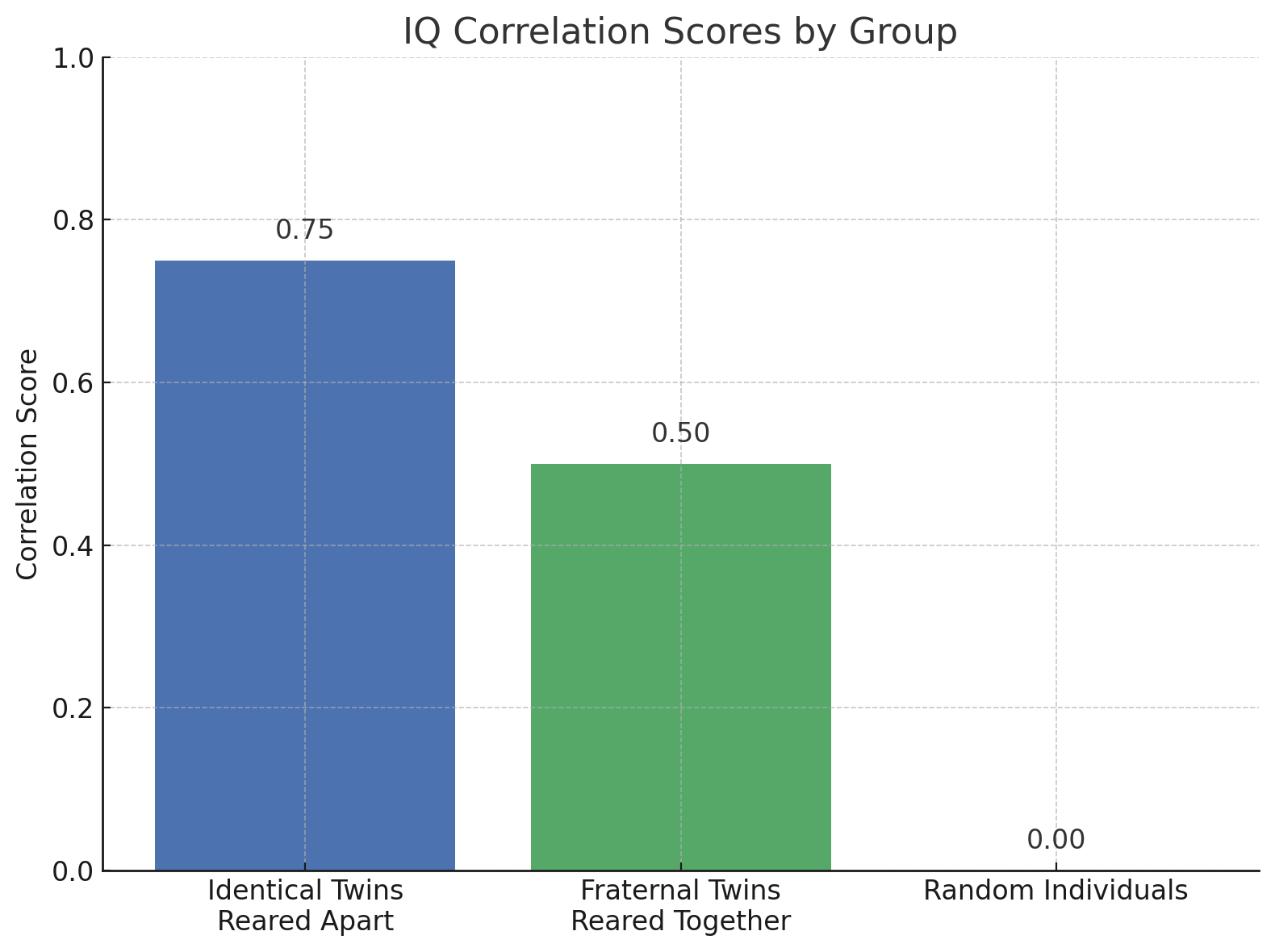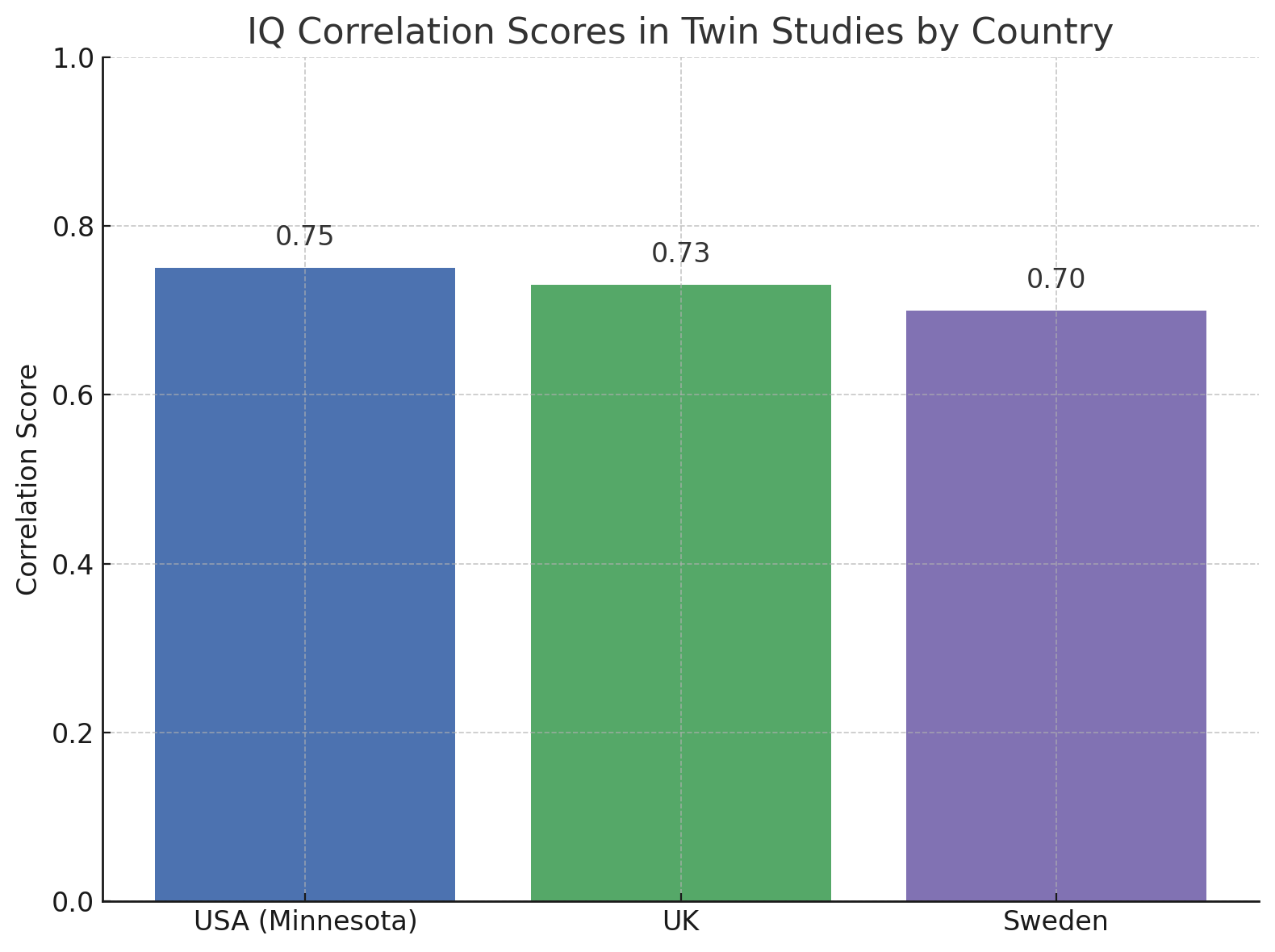
What Was the Primary Finding of the Minnesota Study of Twins Reared Apart?
Short Answer:
The primary finding of the Minnesota Study of Twins Reared Apart is that genetic factors play a significant role in shaping personality, intelligence, and behavior—often more than environmental influences. Despite being raised in different environments, identical twins showed remarkable similarities, suggesting a strong genetic influence.
Introduction: Why This Study Shook Psychology
Have you ever wondered what makes you you? Is it your environment, or your genes? The Minnesota Twin Study, one of the most fascinating and controversial research projects in psychology, set out to answer this. Conducted over two decades, it changed how we think about personality, intelligence, and nature vs. nurture.
Overview of the Minnesota Study of Twins Reared Apart

Background
Initiated in 1979 by Thomas Bouchard at the University of Minnesota, this longitudinal study followed identical (monozygotic) and fraternal (dizygotic) twins who were raised in separate households. The goal? To isolate genetic effects by removing shared environmental factors.
Key Highlights:
- Over 100 sets of twins studied
- Spanned 20 years (1979–1999)
- Included cognitive tests, personality assessments, and interviews
Classroom Example:
Teachers can use this as a case study when teaching genetics or psychology. Ask students:
“If you and your twin were raised in different countries, how similar do you think you'd be?”
Sample Table:
| Component | Identical Twins | Fraternal Twins |
|---|---|---|
| Similarity in IQ | Very High | Moderate |
| Personality Overlap | High | Low |
| Health & Habits | Remarkably Similar | Varied |
Also Visit:
How Has the Study of Mitosis Affected Scientists’ Knowledge of Cancer?
What is the Primary Function of Dynamic Study Modules?
Genetics vs Environment: What Did the Study Find?
The major breakthrough was this: genetics heavily influence intelligence, temperament, and interests. For example:
- IQ scores of identical twins reared apart were highly correlated (around 0.75).
- Personality traits like extroversion and emotional stability showed a strong genetic component.
Real Classroom Activity:
"Twin Matching Game"
Present anonymized descriptions of twins and let students guess whether they were reared together or apart. They’ll be surprised how similar the separated twins are!

Real-Life Twin Stories That Stunned Scientists
Case Study: Jim Twins
Two identical twins, both named Jim, were separated at birth and adopted by different families. Years later, they reunited and discovered:
- Both had dogs named "Toy"
- Both smoked the same brand
- Both married and divorced women named Linda, then married Bettys
Dialogue Example:
◆Jim 1: “Wait, your first wife’s name was Linda too?”Jim 2: “Yup. And the second was Betty.”Jim 1: “You’re messing with me, right?”Jim 2: “Not at all.”
Reflection Question:
- How much of who you are is shaped before you're even born?
The Primary Objective of the Minnesota Twin Study
The main objective was to determine the relative contributions of genetics and environment to human traits. By studying twins separated at birth, researchers could eliminate the shared environmental factor.
Components Studied:
- IQ
- Personality
- Mental health
- Social attitudes
Classroom Discussion:
Ask students to list which traits they believe are genetic vs environmental. Compare with findings.
| Trait | Genetic Influence (%) | Environmental Influence (%) |
|---|---|---|
| IQ | 70–80% | 20–30% |
| Political Views | 50% | 50% |
| Personality | 40–60% | 40–60% |
Twin Study Findings on Intelligence
One of the most discussed outcomes of the study was the heritability of intelligence:
- IQ scores between identical twins raised apart were as similar as those raised together.
- Environment played a smaller role than expected.
Educational Application:
Assign research: “Interview your parents about your family history. What traits run in your family?”
Personality Traits: Mirror Images Across the Globe?
The study revealed that traits like conscientiousness, openness, and extroversion were strikingly similar in identical twins reared apart. Environment only slightly modified these tendencies.
Classroom Reflection:
“How would your personality be different if you were raised in another country?”
Suggested Activity:
"Twin Swap" — Students write a journal entry imagining they were swapped at birth with a twin.
Nature vs Nurture Debate: Who Wins?
Though the environment matters, the study emphasized just how much of our identity is hardwired. Genes often shape how we react to our environment, too!
◆📣 CTA: Share this blog with someone who believes it’s all nurture—see if their mind changes!
| Factor | Nature (Genetics) | Nurture (Environment) |
|---|---|---|
| Temperament | Strong | Weak |
| Language | Weak | Strong |
| Academic Performance | Moderate | Moderate |
How the Study Applies in Today’s World
This study’s findings have influenced:
- Education: Recognizing learning styles may be biologically rooted
- Healthcare: Genetic screenings for diseases
- Career Counseling: Personality-based job matches
Practical Classroom Task:
Have students take a personality quiz and compare with siblings or parents.
Funding Behind the Twin Study
A common question is, who funded this massive undertaking? The study received support from:
- National Institute of Mental Health (NIMH)
- National Science Foundation (NSF)
- University of Minnesota
FAQ Answer (in Hindi):
जुड़वा बच्चों के मिनेसोटा अध्ययन का प्राथमिक वित्त पोषण क्या था?
इस अध्ययन को मुख्य रूप से नेशनल इंस्टीट्यूट ऑफ मेंटल हेल्थ (NIMH) और यूनिवर्सिटी ऑफ मिनेसोटा द्वारा वित्त पोषित किया गया था।
Ethical Concerns and Criticisms
Despite its brilliance, the study was not free from criticism:
- Consent issues: Some twins didn’t know they were part of a study
- Privacy: Sensitive personal data was collected
- Reunification stress: Some twins faced emotional challenges after reunion
Class Debate:
“Is it ethical to study people without their full knowledge if it benefits science?”
Twin Study in Modern Classrooms
This study makes an excellent tool in psychology or biology classes. Teachers can use:
- Documentary clips
- Personality quizzes
- Group debates
Suggested Activity:
“Design Your Own Twin Study”
Students propose a research question and method using twin comparisons.
Global Replications and Cultural Influence
Other countries, like the UK and Sweden, conducted similar studies. Results varied slightly due to cultural influences but broadly confirmed genetic dominance.

Scientific Significance: Beyond Twins
The study set the stage for:
- Epigenetics
- Behavioral genetics
- Gene-environment interaction studies
Researchers today continue to build on its methods to explore how genes influence addiction, anxiety, and more.
Long-Term Impacts on the Twins Themselves
Many participants described their reunion as life-changing, while others faced challenges reconciling differences.
◆Quote:“It was like meeting myself, but in a different timeline.”
Summary and Takeaways
Let’s recap the primary finding of the Minnesota study of twins reared apart:
- Genetics shape who we are more than we ever believed.
- Identical twins reared apart showed astonishing similarities.
- Intelligence, personality, and even habits can be biologically hardwired.
◆✅ CTA: Share this post with your psychology class or tweet your thoughts with #TwinTruths
FAQs
What was the primary finding of the Minnesota study of the twins reared apart?
That genetic factors have a dominant influence on traits like IQ, personality, and habits—even when twins are raised in completely different environments.
What were the findings of the Minnesota Twin Study?
- IQ of identical twins reared apart was highly correlated
- Personality traits were largely genetic
- Environment played a smaller-than-expected role
What was the primary objective of the Minnesota Twin Study?
To determine the relative contributions of genetics vs. environment in shaping human traits.
अलग-अलग पाले गए जुड़वा बच्चों के मिनेसोटा अध्ययन की प्राथमिक खोज क्या थी?
यह कि अनुवांशिक कारक, व्यक्ति की बुद्धिमत्ता और व्यक्तित्व को बहुत हद तक प्रभावित करते हैं—यहां तक कि पर्यावरण से भी ज्यादा।
जुड़वा बच्चों के मिनेसोटा अध्ययन का प्राथमिक वित्त पोषण क्या था?
इस अध्ययन को यूनिवर्सिटी ऑफ मिनेसोटा, NIMH और NSF जैसे संगठनों द्वारा वित्त पोषित किया गया था।
